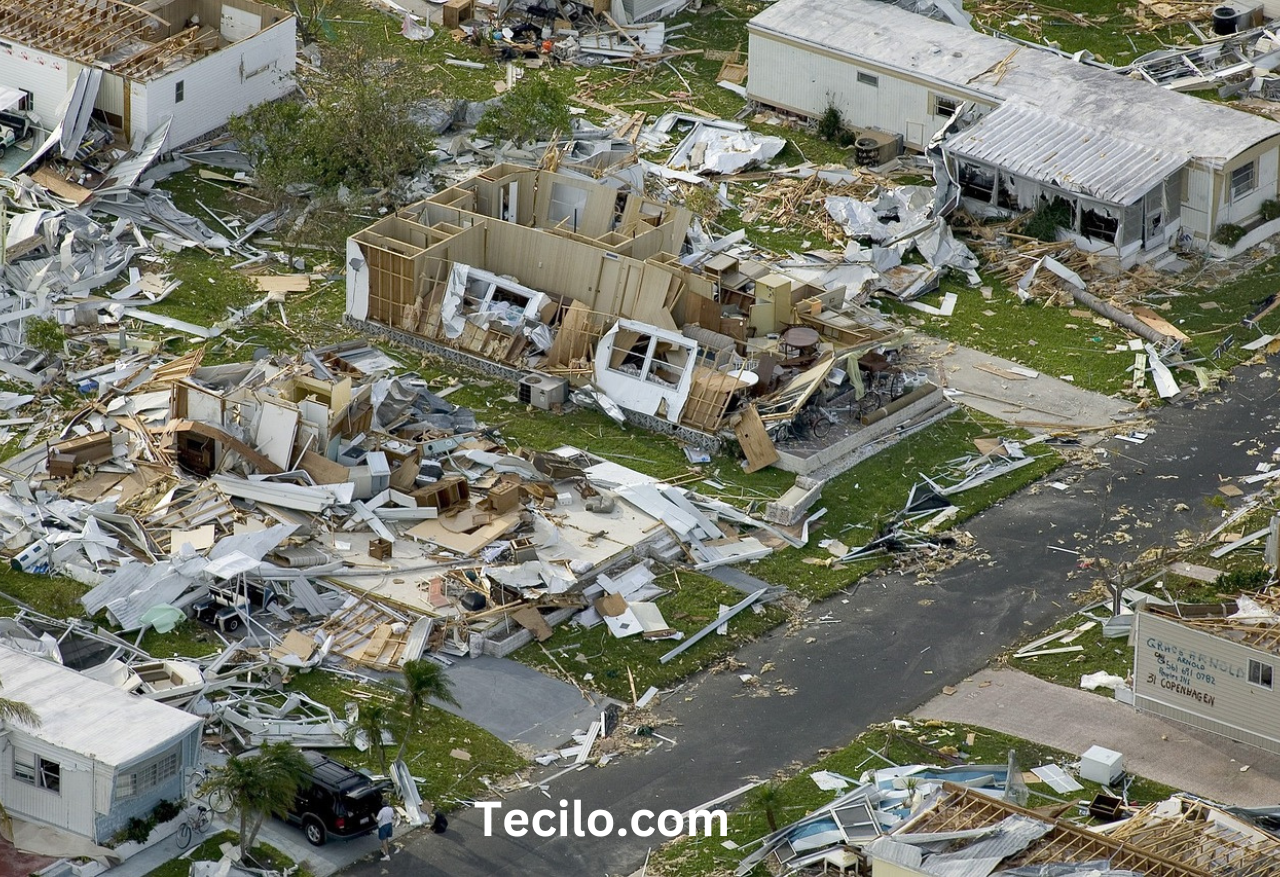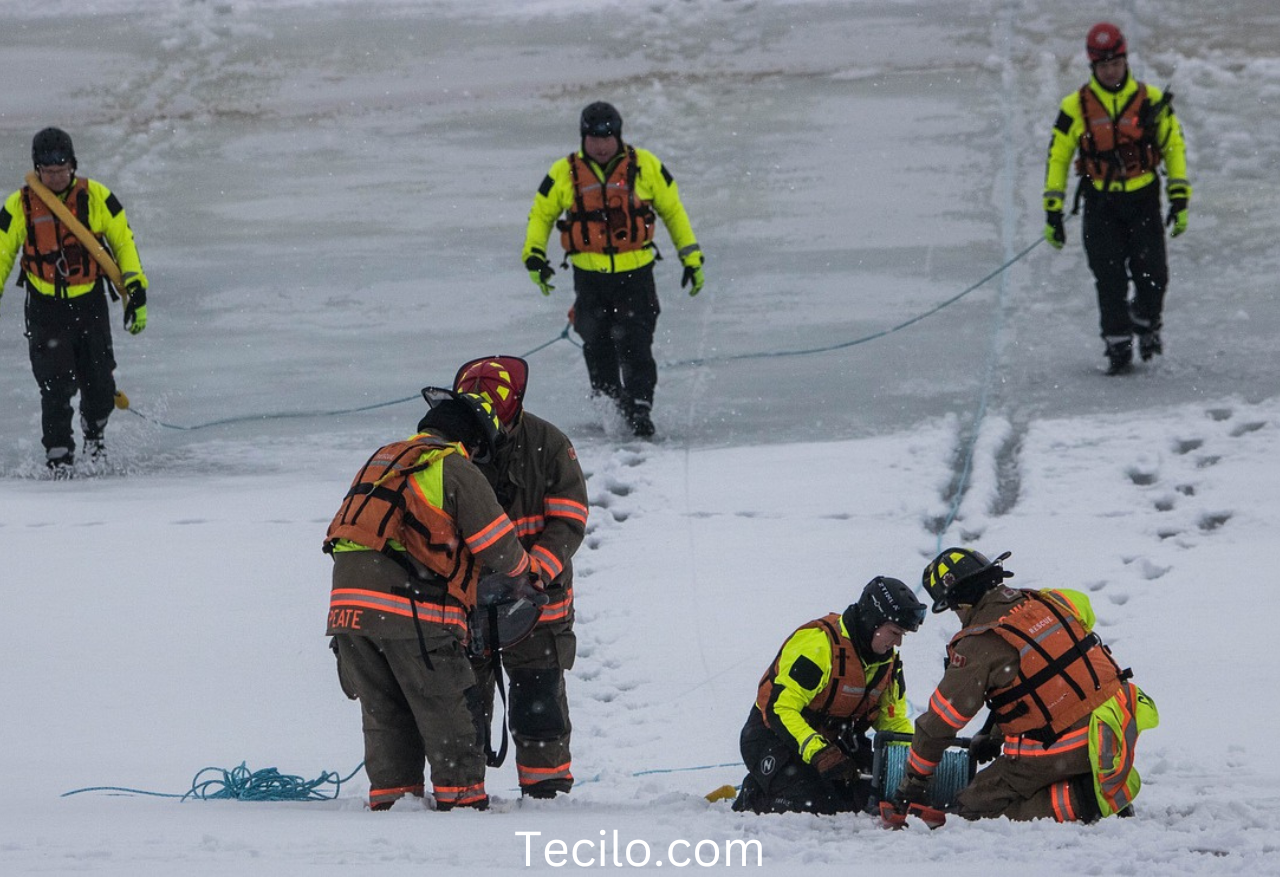
Hurricane Beryl Emergency resources are among the most devastating natural disasters, capable of bringing widespread damage in their wake. Hurricane Beryl, while not the most intense storm in recent history, serves as a reminder of how crucial it is to be prepared. Understanding emergency resources and having a solid plan can be the difference between chaos and survival. This guide walks you through everything you need to know about dealing with hurricanes like Beryl, from preparation to post-hurricane recovery.
What is Hurricane Beryl?
Hurricane Beryl first made headlines as it formed in the Atlantic, capturing attention due to its unpredictable path and rapid intensification. Though it wasn’t a high-category storm, it affected many communities and led to emergency responses across various regions.
A Brief History of Hurricane Beryl Emergency Resources
Hurricane Beryl developed in the tropical Atlantic and showed a sudden increase in strength. Despite weakening before it made significant landfall, the storm’s remnants caused heavy rainfall, flash floods, and infrastructural damage in some Caribbean areas.
The Impact of Hurricane Beryl on Affected Areas
While not classified as a catastrophic event, Beryl still caused power outages, flooding, and disruptions in several small islands, highlighting the importance of early preparations and responsive emergency systems.

Understanding Hurricane Categories
Hurricane Beryl Emergency Resources are categorized based on their wind speeds, ranging from Category 1 to Category 5, with higher numbers indicating more severe storms. While Beryl was categorized as a tropical storm for much of its life, it briefly reached hurricane status, Hurricane Beryl Emergency Resources, underscoring the necessity of tracking every storm, no matter its strength.
Category 1-5 Classification
- Category 1: Minimal damage (74-95 mph winds)
- Category 2: Moderate damage (96-110 mph winds)
- Category 3: Extensive damage (111-129 mph winds)
- Category 4: Catastrophic damage (130-156 mph winds)
- Category 5: Complete devastation (157+ mph winds)
Where Hurricane Beryl Emergency Resources on the Scale
Beryl mainly hovered around the tropical storm and Category 1 hurricane status. Although not extreme, it still posed significant risks due to high winds and heavy rainfall.
The Importance of Early Warning Systems
One of the most critical tools in hurricane preparedness is the early warning system. Weather forecasting technologies have advanced significantly, allowing for more accurate predictions and timely evacuation notices.
How Early Warnings Save Lives
Timely information allows residents to evacuate or prepare properly, reducing injuries and fatalities. In the case of Hurricane Beryl, many lives were saved due to effective communication of its path.
Technology Behind Hurricane Beryl Emergency Resources Tracking
Satellites, radar, and specialized weather models enable meteorologists to predict the intensity, path, and potential landfall of hurricanes with increasing accuracy.
Emergency Resources for Residents
Local Government Resources
Many local governments have comprehensive hurricane preparedness and response plans. From setting up shelters to providing sandbags and evacuation routes, local authorities are your first point of contact in an emergency.
FEMA’s Role During Hurricanes
The Federal Emergency Management Agency (FEMA) coordinates national relief efforts, offering disaster response resources like temporary housing, financial assistance, and logistical support during hurricanes like Beryl.
Preparing an Emergency Kit
One of the most critical aspects of hurricane preparedness is having an emergency kit ready at all times.
Essential Items to Include
- Water: One gallon per person per day for at least three days
- Non-perishable food: At least a three-day supply
- Flashlight and extra batteries
- First aid kit
- Local maps and a manual can opener
Specialized Items for Families and Pets
If you have pets or young children, make sure to pack diapers, baby formula, pet food, and leashes or carriers for your animals.
Evacuation Plans
When and How to Evacuate
Evacuation plans should be in place well before a hurricane strikes. Pay attention to local authorities who provide orders on when to evacuate, and ensure your route is free of hazards.
Understanding Evacuation Routes and Shelters
Familiarize yourself with evacuation routes and know where Hurricane Beryl Emergency Resources and the nearest shelters are. Many shelters allow pets, but it’s essential to confirm ahead of time.

Staying Safe During the Hurricane
Safety Tips for Staying Indoors
During a hurricane, Hurricane Beryl Emergency Resources always remain indoors, away from windows, and avoid unnecessary travel. If you have to leave the safety of your home, only do so when it’s safe and necessary.
What to Avoid During the Storm
Avoid using electronic devices that are plugged into outlets, and steer clear of areas prone to flooding.
Post-Hurricane Resources
After the storm has passed, you may need access to additional resources to rebuild and recover.
How to Access Relief Funds
Both federal and state governments often provide financial assistance through FEMA, grants, or loans to help individuals and businesses recover from hurricane damage.
Community Support Programs
Local charities, religious organizations, and non-profits frequently step in to offer free meals, supplies, Hurricane Beryl Emergency Resources, and even financial assistance in the aftermath of a hurricane.
The Role of Red Cross and Other NGOs
Services Provided by the Red Cross
The Red Cross provides disaster relief services such as emergency shelter, food, and medical assistance.
Other Key Non-Profit Organizations to Contact
Organizations like Team Rubicon and the Salvation Army also play critical roles in hurricane recovery efforts by offering volunteer services and direct aid.
Communication During a Crisis
Staying connected during a hurricane is vital.
Staying Connected with Family
Use apps like Zello, WhatsApp, or basic text messaging to communicate with loved ones, as these services often work when phone lines are down.
Emergency Phone Numbers and Apps
Ensure you have local emergency numbers stored in your phone, and consider downloading apps like FEMA’s for real-time alerts.
Mental Health and Coping Strategies
Dealing with Stress and Anxiety
Experiencing a Hurricane Beryl Emergency Resources can be incredibly stressful. Make sure to talk to someone, whether it’s a family member or a professional, about your feelings.
Support Networks for Emotional Recovery
Many community centers and online platforms provide counseling and mental health support for hurricane survivors and Hurricane Beryl Emergency Resources.

Insurance and Financial Support
Filing Claims After the Hurricane
After a hurricane, contact your insurance provider immediately to begin the claims process for property damage.
Government Financial Aid Programs
Federal programs like the Small Business Administration (SBA) offer low-interest loans to cover damage repairs.
The Role of Volunteers in Hurricane Relief
How Volunteers Assist in Crisis Recovery
Volunteers help distribute supplies, repair homes, and offer emotional support. Their role is crucial for community recovery.
How You Can Help
You can get involved by donating time, money, or resources to organizations working on the ground in disaster-struck areas.
Conclusion
Hurricane Beryl Emergency Resources and Hurricane preparedness and post-storm recovery are essential for keeping yourself and your community safe. By understanding the resources available and taking the necessary steps, you can be ready for any storm, even one like Hurricane Beryl. Remember, early preparation is key, and helping each other makes recovery easier for everyone.
FAQs
**What steps should I take to prepare for a hurricane if I live





